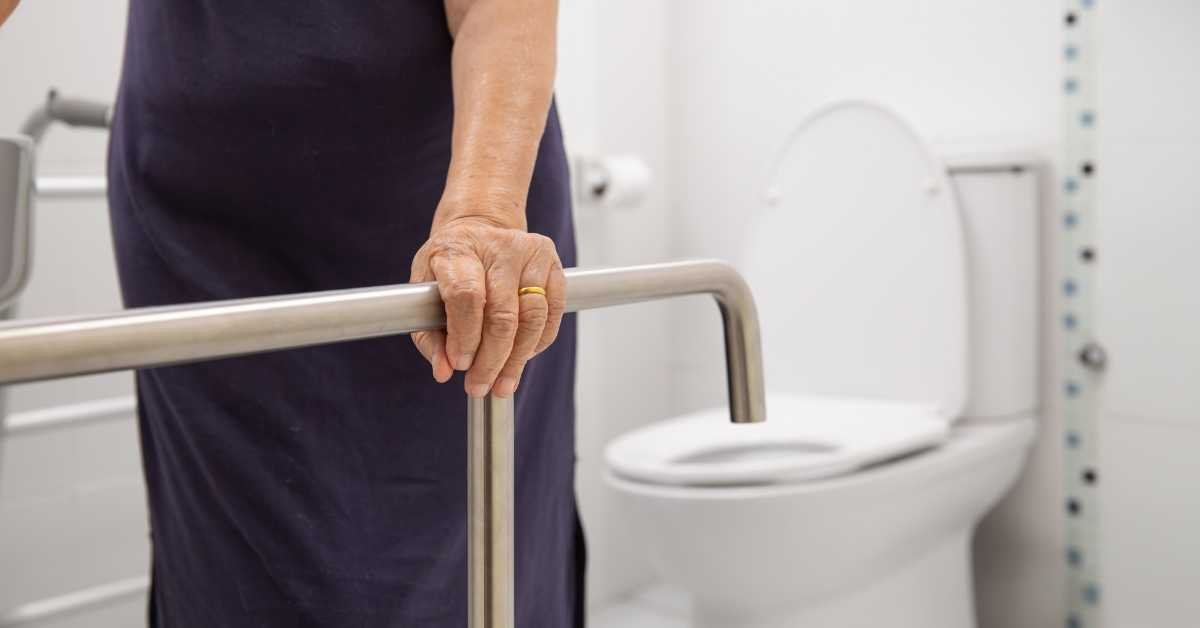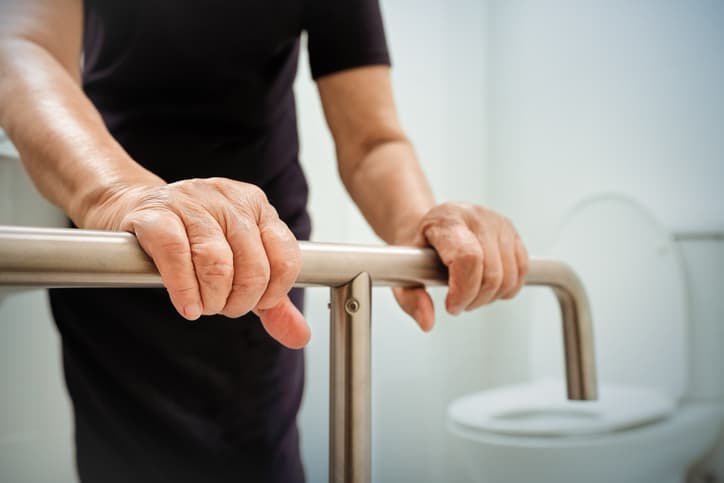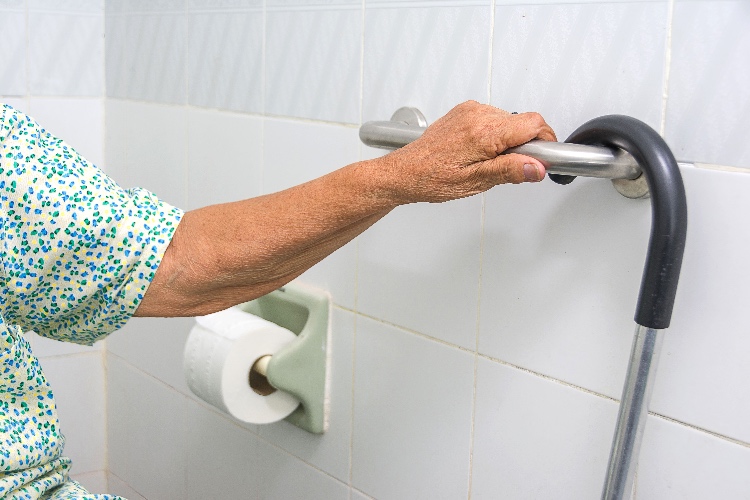As people age, maintaining mobility and independence becomes a crucial aspect of their daily lives. One of the significant challenges faced by seniors is navigating stairs safely. This is where stair safety devices for seniors come into play. These devices are designed to provide security and ease for seniors, ensuring they can move around their homes without fear of accidents.
Staircases can pose a significant risk, especially for seniors who may have mobility issues, balance problems, or vision impairments. By integrating stair safety devices for seniors, caregivers can enhance the quality of life for their loved ones by offering both safety and peace of mind.

Why Stair Safety is Essential for Seniors
Stair safety is not just about preventing falls; it’s about preserving independence and dignity. As seniors age, the physical challenges increase, making it vital to adapt their living spaces to their needs. Installing the right stair safety devices for seniors can significantly reduce the risk of accidents.
The Risks of Unsafe Staircases
Unsafe staircases can lead to severe injuries, including fractures, head trauma, and even fatalities. According to the National Institute on Aging, falls are the leading cause of injury among older adults. Therefore, ensuring safe stairways is a priority for family caregivers and loved ones.
Types of Stair Safety Devices for Seniors
There are various types of stair safety devices for seniors available in the market, each designed to address specific needs. Here are some common devices that can be installed to enhance safety:
Stair Lifts
Stair lifts are one of the most popular stair safety devices for seniors. They provide a comfortable seat that moves along a rail attached to the stairs, allowing seniors to traverse stairs effortlessly. Stair lifts are especially beneficial for those with severe mobility issues.
Handrails
Installing sturdy handrails on both sides of the staircase can significantly improve stability and support for seniors. Handrails should be at a comfortable height and easy to grip.
Non-Slip Treads
Non-slip treads can be added to steps to prevent slips and falls. These treads are designed to increase traction, making it safer for seniors to walk up and down the stairs.
Motion-Activated Lights
Proper lighting is essential for stair safety. Motion-activated lights can ensure that staircases are well-lit, reducing the risk of missteps, especially at night.
Smart Fall Detection Systems
Integrating smart technology like fall detection systems can provide an extra layer of safety. These systems can alert family members or emergency services in case of a fall, ensuring timely assistance.
How to Choose the Right Stair Safety Device
Choosing the right stair safety devices for seniors depends on several factors, including the specific needs of the senior, the type of staircase, and budget considerations. Consulting with a professional can help determine the most suitable options.
Assessing the Needs
Understanding the specific challenges faced by the senior is critical. For instance, if they have difficulty rising from a seated position, a stair lift with a swivel seat might be ideal.
Evaluating the Staircase
The design and layout of the staircase will influence the choice of safety devices. Curved staircases may require custom solutions, while straight stairs have more standard options available.
Budget Considerations
While safety is paramount, budget constraints can also play a role in decision-making. Exploring different options and financing plans can help make these essential modifications more affordable.
Benefits of Installing Stair Safety Devices
Investing in stair safety devices for seniors offers numerous benefits that extend beyond safety. These devices can enhance the overall quality of life for seniors by promoting independence and reducing anxiety.
Increased Independence
With the right safety measures in place, seniors can navigate their homes more freely, maintaining their independence and confidence.
Peace of Mind for Family Members
Knowing that their loved ones are safe can provide family members with peace of mind. It allows them to focus on other aspects of caregiving without constant worry about potential accidents.
Enhanced Quality of Life
Safety devices can reduce the risk of falls, leading to fewer injuries and hospital visits. This can contribute to a higher quality of life and a sense of well-being for seniors.
Implementing Safety Measures: A Step-by-Step Guide
Implementing stair safety devices for seniors requires careful planning and execution. Heres a step-by-step guide to help you through the process:
Step 1: Conduct a Safety Assessment
Evaluate the current state of the staircase and identify potential hazards. Consider factors such as lighting, handrail stability, and step condition.
Step 2: Consult with Professionals
Seek advice from professionals who specialize in senior safety. They can provide insights and recommendations tailored to your specific needs.
Step 3: Choose the Right Devices
Select the stair safety devices for seniors that best meet your needs. Consider factors like ease of use, installation requirements, and maintenance.
Step 4: Installation and Testing
Ensure that all devices are installed correctly and tested for functionality. Regular maintenance checks can help keep them in optimal working condition.
Step 5: Educate the Senior
Ensure that the senior is comfortable using the new devices. Provide demonstrations and practice sessions to build confidence and familiarity.

FAQs on Stair Safety Devices for Seniors
What are the most essential stair safety devices for seniors?
Essential stair safety devices for seniors include stair lifts, handrails, non-slip treads, and motion-activated lights. These devices address common safety concerns and can be customized to fit individual needs.
How can I make my staircase safer for seniors?
To make a staircase safer for seniors, consider installing handrails on both sides, adding non-slip treads, and ensuring proper lighting. Additionally, consulting with experts to explore advanced options like stair lifts and fall detection systems is beneficial.
Are smart home technologies effective in enhancing stair safety?
Yes, smart home technologies like IoT sensors and fall detection systems can significantly enhance stair safety. They offer real-time monitoring and alerts, providing an added layer of security for seniors.
As we strive to provide a safe and comfortable environment for our aging loved ones, integrating stair safety devices for seniors is a crucial step. These devices not only prevent accidents but also empower seniors to live independently and confidently. For more information on creating a safe home environment, visit the National Institute on Aging.
This article contains affiliate links. We may earn a commission at no extra cost to you.






